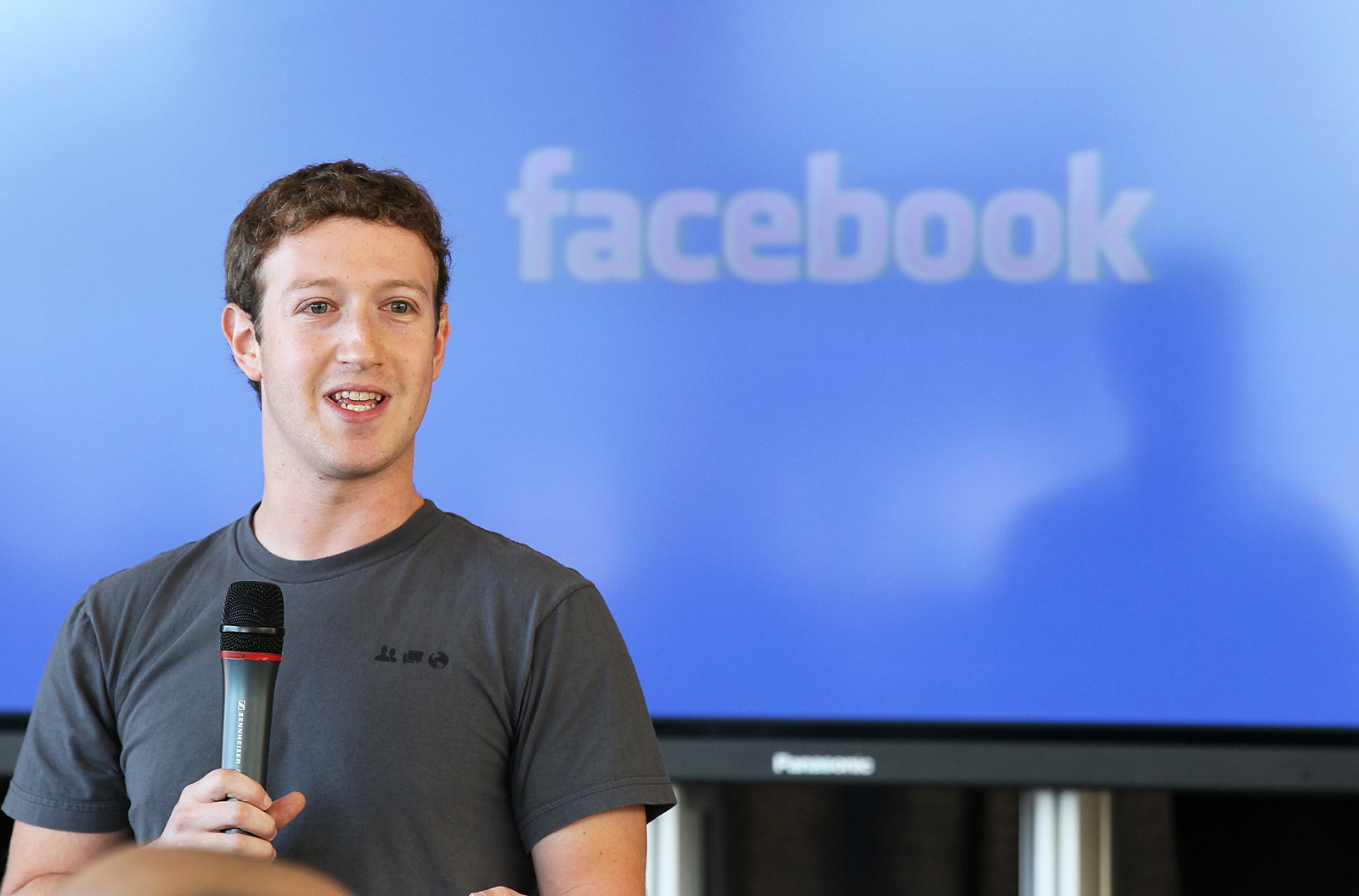
BEFORE modern dentistry, tooth decay and infections were devastating, 90% of adults had cavities, and oral diseases ranked among the leading causes of death.
The humble toothbrush, first crafted from animal bone and swine bristles in 1780, sparked a quiet revolution in public health.
Yet despite this life-saving innovation being commonplace today, most people still do not use it effectively.
Some choose hard bristles toothbrushes that damage gums, others brush too quickly or incorrectly.
The truth is proper toothbrushing is not just about having clean teeth it is one of the simplest yet most powerful preventive health measures we have.
As we examine the science behind effective oral care, one question remains, are we giving this daily task the attention it truly deserves?
Toothbrushing is not just a habit, it is a learned skill.
Simply owning a toothbrush and toothpaste does not guarantee you a good oral hygiene, but puts you on a path towards attaining that goal through effective plaque removal, which requires the right tools, techniques and consistency.
- Toothbrushing: A skill, not just a habit
Keep Reading
What type of a toothbrush should a person use?
Toothbrushes are not all the same. Dentists recommend three main types:
Manual toothbrushes: Soft bristles win
Many often believe that using the hardest toothbrush is the best way to overcome dental health problems, but dentists universally recommend a soft bristled toothbrush. Here is why:
Soft bristles: Gently clean without traumatising gums.
Medium/hard bristles scrape away gum tissue over time, leading to recession (exposed roots) and they can increase risk of gingival abrasions (tiny cuts that harbour bacteria).
Enamel preservation (no scrubbing damage)
Tooth enamel is very strong, but can wear away from abrasive and uncontrolled brushing, whereas soft bristles can remove plaque without scratching the enamel.
Hard bristles can accelerate wedge-shaped defects near gums and they can contribute to tooth sensitivity (thinned enamel exposes dentin).
Hard bristles can loosen fillings as well as crowns due to aggressive or abrasive brushing.
It is also recommended to use toothbrushes that are not too big, particularly the ones with small brush heads for easy reach of the molar teeth and any hard to reach areas.
- Electric toothbrushes (Oscillating-rotating or sonic)
These toothbrushes were originally designed for people with arthritis, braces or motor difficulties but are now widely preferred.
This is due to their ability to remove 30% more plaque compared to manual toothbrushes, as well as the built-in timers to ensure proper brushing duration (two minutes).
They are also known to have pressure sensors to prevent gum damage.
In that way they are superior to manual toothbrushes.
- Ecofriendly bamboo toothbrushes
For environmentally conscious individuals bamboo toothbrushes are a sustainable alternative.
The handle is biodegradable and the bristles are plant based.
Given that one billion and more toothbrushes are dumped yearly, switching to bamboo can significantly reduce waste.
How many times to brush teeth per day?
The standard advice is to brush teeth twice a day for at least two minutes, but the main goal of toothbrushing is to remove plaque from all tooth surfaces not the time taken to brush teeth.
Some people brush for two minutes yet still have left over plaque.
Studies show that two minutes is the safe time-frame within which you cannot risk damaging the enamel, but if plaque removal is not reached, it is better to extend to three or four minutes.
To check for brushing effectiveness, you may use tablets or solutions that stain plaque, revealing missed spots, then brush the missed spots thoroughly.
When to replace your toothbrush?
Toothbrushes are replaced every two to three months or as soon as the bristles fray because worn out, if it is used for a long time it harbours bacteria and loses cleaning efficiency.
Toothbrushing methods
A wrong technique can damage teeth and gums. Here are the most effective methods:
- The modified bass method (recommended mainly for adults)
Angle the toothbrush towards the gum line reaching into the space between the tooth and the gum at 45 degrees and gently vibrate the brush for 20 strokes and do a last sweeping motion before going to the next set of teeth.
Brush from one quadrant when your teeth are still tightly held to each other from the left to the right, then open your mouth to clean the inside surfaces of your teeth as well as the chewing surfaces.
For inner front teeth, tilt the toothbrush vertically.
- The Stilman’s method — designed for people with gum recession (exposed roots)
Position the toothbrush at 45 degrees as well, but partly into the gum, not entirely as well as the tooth.
Use 20 strokes at a time per section before sweeping.
- Avoid the horizontal scrub method (90 degrees angulation)
This method is really detrimental to our teeth because for a right-handed person, the left side of the teeth will experience abrasion (loss of enamel) and vice versa creating a wedge-shaped defect and tooth sensitivity due to exertion of pressure.
- Charter’s method (for braces)
Angle the brush downwards at 45 degrees, covering both the tooth and the braces.
Circular method (for children only)
Children should use small circular motions at 90 degrees, as it is easier to learn.
Brushing technique for an electric toothbrush
After dispensing a pea-sized toothpaste on the electric toothbrush, to avoid splashing of toothpaste, guide the brush 45 degrees towards the gum line before switching on the appliance.
Move the brush along the gum line, spending a few seconds each time in a half moon or semi-circular motion when approaching the back teeth.
No need to vibrate the toothbrush as it is designed to do that automatically.
However, as toothbrushing does not reach the contact points of adjacent teeth, dental floss is designed to clean these areas preventing cavities and gum disease.
Always remember that dentistry is not expensive, neglect is.










